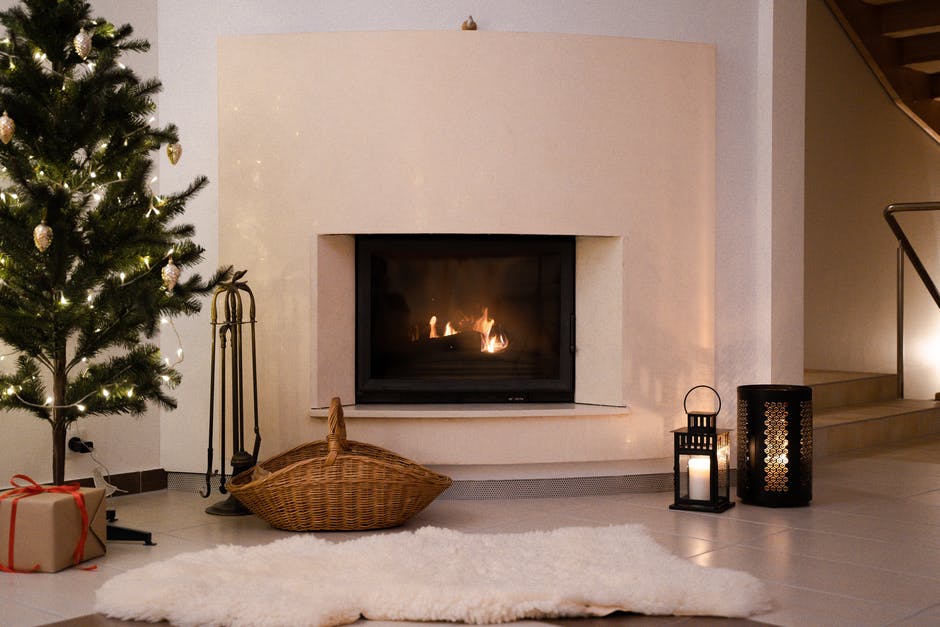Gas Fireplace vs Wood Fireplace: What Are the Differences?
When winter comes around, nothing gives your house some much-needed warmth like a fireplace. There are currently over 17 million fireplaces in the United States, and they tend to come in a wide variety of shapes and sizes.
Are you trying to decide between gas and wood-burning fireplaces for your home? Let’s go through the differences between gas fireplace vs wood fireplace.
What Is a Gas Fireplace?
Gas fireplaces usually use natural gas or propane as a source of fuel.
Gas fireplaces are generally considered more convenient than wood fireplaces, as they do not require the storage and procurement of wood, or the labor-intensive process of starting and maintaining a fire.
Gas fireplaces require less maintenance than wood fireplaces, as they do not produce ashes or soot and do not need to be cleaned out as frequently.
Gas fireplaces don’t produce smoke or particulate emissions, which means they won’t contribute to air pollution. However, gas fireplaces use non-renewable resources, so the impact on the environment for gas versus wood fireplaces really depends on your situation.
Gas fireplaces may be more efficient at heating a home than wood-burning fireplaces are, as they can be turned on and off as needed, while wood fireplaces must be continually fed with wood to maintain a consistent heat output.
Both wood and gas fireplaces make for a great statement piece for your home. You can get either option designed to suit your home’s design or redesign your entire home to suit the fireplace of your dreams.
And, no matter what type of fireplace you choose, it is likely to raise the overall value of your home – so if you’re considering putting your home on the market, it may be the way to go.
What Is a Wood Fireplace?
Wood fireplaces are, as the name implies, fireplaces that burn wood. One of the biggest pros of a wood fireplace is the ambiance. You can’t get the true feeling of a wood-crackling fire from a gas fireplace.
Wood fireplaces tend to be cheaper to install than gas fireplaces. Wood fireplaces also don’t have to be particularly expensive to use if you know how to source your own wood. Both gas and wood fireplaces can save you money overall since you’ll spend less money on heating your home in other ways.
So, if you live on a big plot of land, you might want to lean towards a wood-burning fireplace. That’s also better for the environment, too, since wood is a renewable resource. However, wood does tend to let off smoke, which can lead to air pollution.
Both gas and wood fireplaces come in a wide variety of designs. For example, you might be interested in the oak beam fireplace here.
Gas Fireplace vs Wood Fireplace: Now You Know
Clearly, there are a lot of differences between gas fireplace vs wood fireplace. So now you’ll need to weigh the pros and cons, and figure out what’s best for your home.
Do you need more help designing your new home? We can help. Check out some of our other posts about home design, maintenance, and so much more.







0